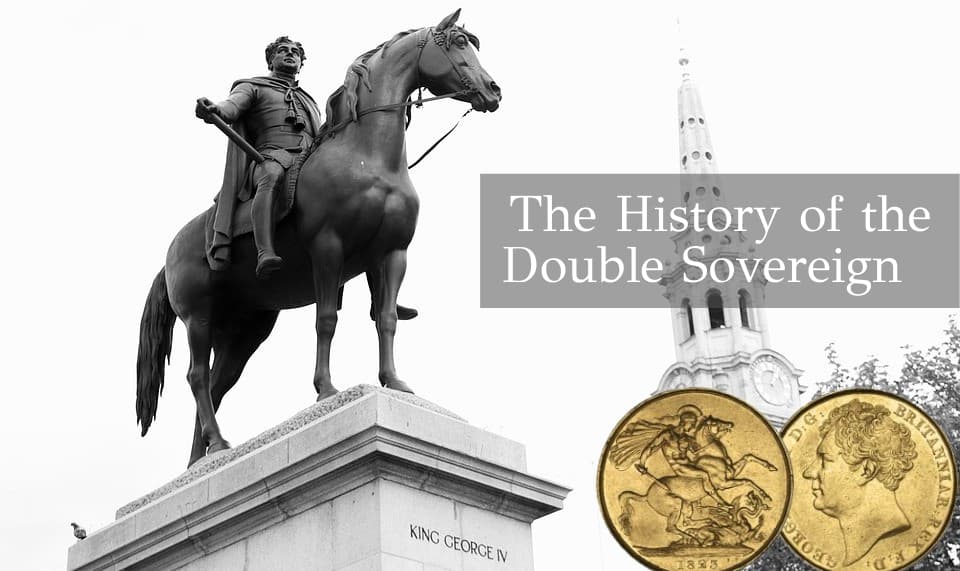
The double sovereign is a premium denomination which originally made its debut in 1820. Many people have never even heard of a double sovereign, let alone been able to own such a fantastic coin.
Therefore, we will be delving a little deeper into the history of the this sovereign denomination, looking at the history and how it has become what we know today.
What is a Double Sovereign?
The double sovereign is a gold coin produced in the United Kingdom. It has a nominal value of two pounds and is more popular as a collector item these days, rather than a circulating coin. Typically, a double sovereign weighs 16 grams of gold, and has a diameter of around 32mm. The low mintage limitations of these sovereign denominations make them highly sought-after in the world of numismatics.
The History of the Double Sovereign
The gold double sovereign was first introduced around 1485, during Henry VII’s reign. However, it was only ever struck for presentation purposes and so these are extremely rare to come by.
The legislation that allowed for the first sovereigns and half sovereigns in 1817 also allowed for a double and five pound sovereign coin to be produced, but these were not struck under King George III. Three years later, the first gold sovereign with a double denomination was struck. However, it was not issued for circulation and was instead considered as a proof pattern coin.
When the coinage continued in 1821 under King George IV, the double sovereign still hadn’t been produced. However, by 1823 it was decided that a £2 (double denomination) coin would be useful, and was therefore produced with an ordinary circulation version.
The King George IV 1823 Gold Double Sovereign
The first gold coins of King George IV featured a portrait of the king in classical style by the Italian designer Benedetto Pistrucci, but the king did not like being depicted this way. When a new coin, the double sovereign, was proposed the king took the opportunity to insist that a different portrait was prepared.
The new portrait, by Johann Baptiste Merlen, was a refreshingly modern interpretation, and omitted the laurel wreath – the first time since the Restoration that a British king had been depicted this way.
This is the only coin upon which this portrait ever appeared, and it is the only obverse design that Merlen ever created, his work usually finding its way onto the reverse side. Pistrucci’s very popular depiction of St George slaying the dragon adorned the reverse side, much larger and slightly better proportioned than on the smaller sovereign.
This was the only double sovereign of George IV’s reign (he is styled George IIII on his coins until 1825). It was also the only double sovereign for over sixty years, the next being issued in 1887.
Commemorative Editions
This denomination was only issued as a circulating coin for four years, and was mostly struck to mark the beginning of a new reign, or to introduce a new coinage portrait of the monarch.
Since 1980, the double sovereign has been struck most years, and is sold as a collector’s coin by the Royal Mint or other coin specialist companies. These days, it is usually issued for the same reasons any other commemorative sovereign would be; to mark an historic event or anniversary.


